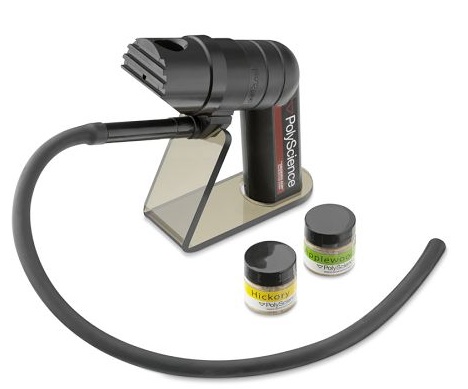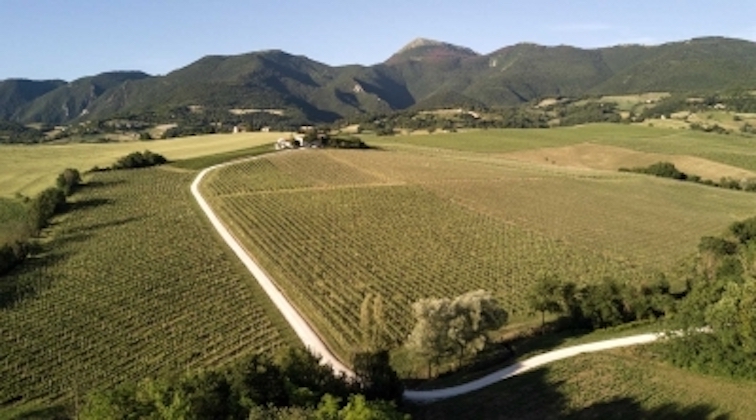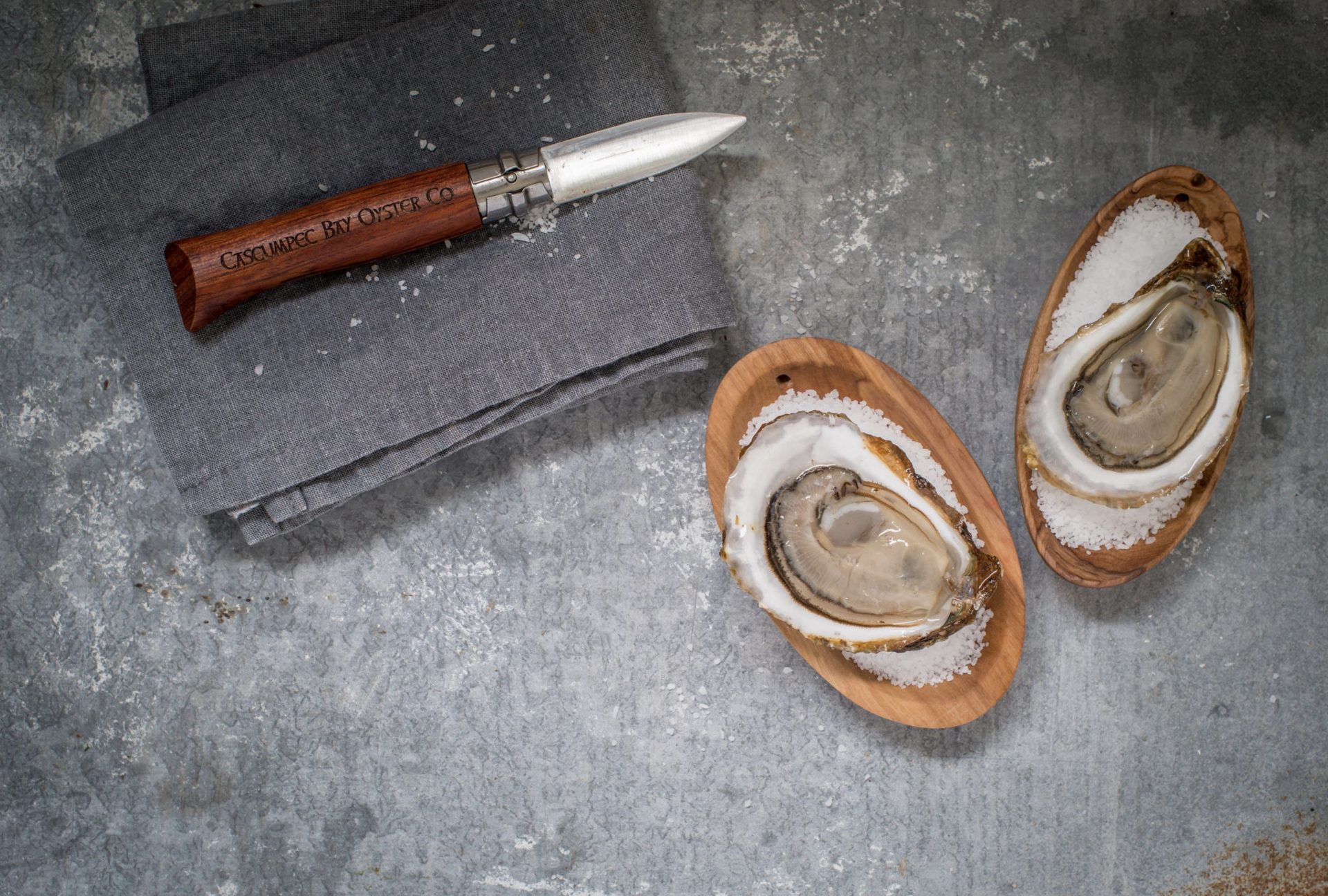By Charity Anais

This last fall, while driving the steep roads of the Northern Rhone I pulled the car over to grab a bunch of just ripe syrah. Back in the car happily feasting on the fleshy fruit I was pointing out such syrah characteristics as pepper and black berry when a very specific, though definitively not syrah, flavor sprung forth from the finish. In my surprise I almost drove the car off the road, and down the steep face of the vineyard hillside. “Do you taste that? There on the finish, do you taste the lingering smokey bacon, barnyard thing?” Not my most eloquent moment but my companion had to concede. It was there, from the skins of the grapes, off a planting of young vine syrah, far above the town of Cornas, on a sunny September afternoon that we tasted Brettanomyces, straight from the source.

At a recent summit on New World Wine a panel of wine makers put to their, 35 strong, sommelier audience the following question: “Who here likes Brett in wine?” The answer, surprised just about everyone in the room. I thought there would have been more nods of approval while our esteemed panelists were struck at how many were in agreeance.
So what is Brett? The answer to that question does so much more than entertain a few brain cells. A short trek into chemistry and it’s easy to see how the answer to the question “who likes Brett?” was answered as it was.
Brettanomyces, sometimes referred to as Brett, is a strain of yeast, found on grape skins and, at times, in the end product: wine. Considered by some to be a spoilage strain because of the flavors it can produce and considered by others as a vehicle of terroir, that elusive French term that encompasses everything about a vineyard site that makes it unique from its neighbor, Brett is at the center of an ongoing and in all probability never ending debate about what wine should and should not taste like.

During wine production and in the ageing process Brett produces compounds, which, depending on their strength, can alter the palate and the bouquet of wine. The two most common compounds are 4-ethylphenol or 4-EP and 4-ethylguaiacol or 4-EG the former being responsible for such alterations as the appearance of barnyard, and band-aid flavors and aromas while the latter shows up as smoke, bacon and the same baking spices you can derive from oak ageing. Regarding the differences in those two compounds shows why the debate is ever and ongoing. In wines where 4-EP is predominant what you have is an off product, oftentimes mistaken for cork taint, but when a balance is achieved with a higher proportion of 4-EG the end result is a deeper, more complex wine. Where the problem arises is in achieving that balance. 4-EP is aggressive and hard to control, while 4-EG needs to be coaxed out.
According to Vancouver Sommelier Robert Stelmachuk “you love it or you hate it. It always reminds me of camping. That ‘wild’ thing I guess.” Which is why it can go so well with food. Stelmachuk prefers to pair wines containing Brett with “something wild with an earthy, mushroom component. Fire roasted pork tenderloin, grilled herbs and topped with a mushroom ragu (and) pan jus or braised pork cheek papardelle; warm and comforting.”
Brett occurs naturally in the vineyard, and most often it never makes it as far as the winery because sulphur dioxide, added to the freshly picked bunches in the vineyard kills off the strain, but in wineries where native yeasts are regaled it can, and often times does, sneak in. Another possible entry point: barrels. Barrel interiors are irregular surfaces and the ideal environment for all types of bacteria and yeast to feast and multiply. If the barrel has Brett you can bet your hat the wine will too.

Charity in a bretty Vineyard
Over the years certain wineries have become synonymous with Brett. Mention you enjoyed a bottle of pinot noir from Domaine Robert Chevillon in Nuits-Saint-George or a nice Châteauneuf-du-Pape from Château de Beaucastel and you are instantly in the Brett club. One in which I am proud to call myself a member. There is a depth and complexity that is achieved with the added element of Brett that I find in few other wines, plus I am simply gaga over the barnyard aromas.
Master Sommelier Emily Wines offers a differing opinion. “Often, if there is a winery known for Brett, some wines are clean and others are badly Bretty. It can be interesting in small doses, but it is hard for it be a small dose.” Wines doesn’t dislike Brett entirely though. “The only place where Brett is a plus, in my opinion is in beer; specifically Belgian Ale.”
To be continued…
 Charity Anais is a sommelier and wine and travel writer. Though based in San Francisco she spends much of the year traveling to distant wine regions, or anywhere that has good food.
Charity Anais is a sommelier and wine and travel writer. Though based in San Francisco she spends much of the year traveling to distant wine regions, or anywhere that has good food.






